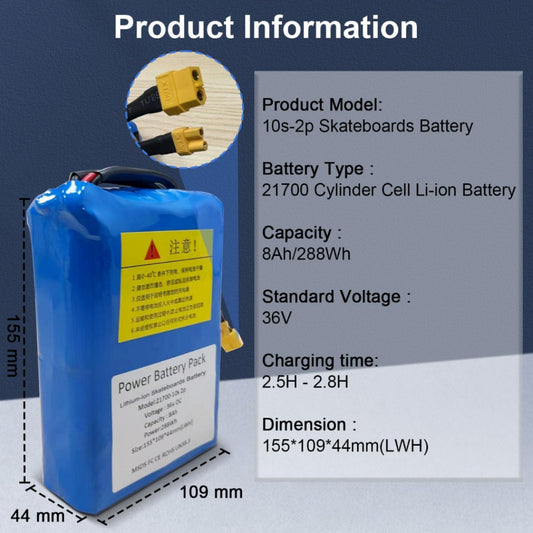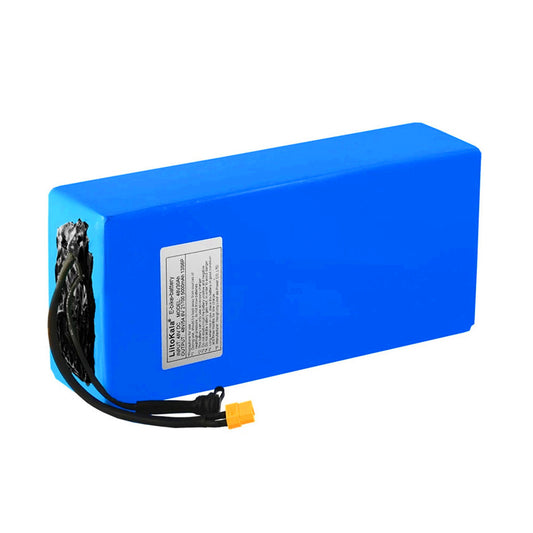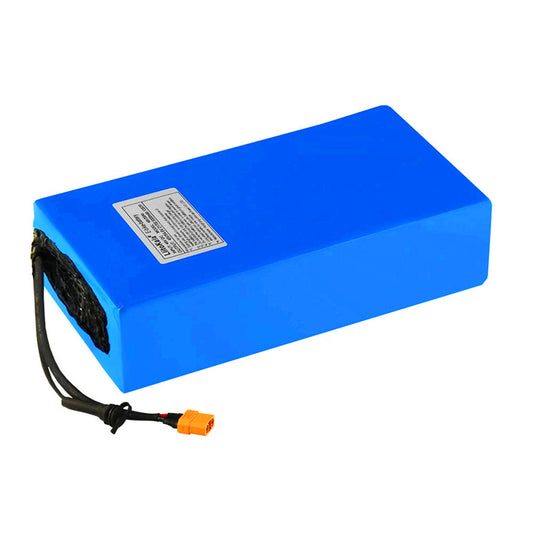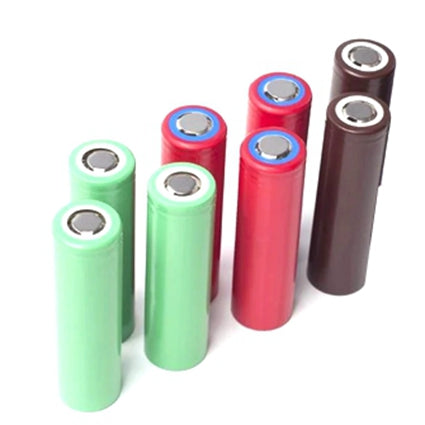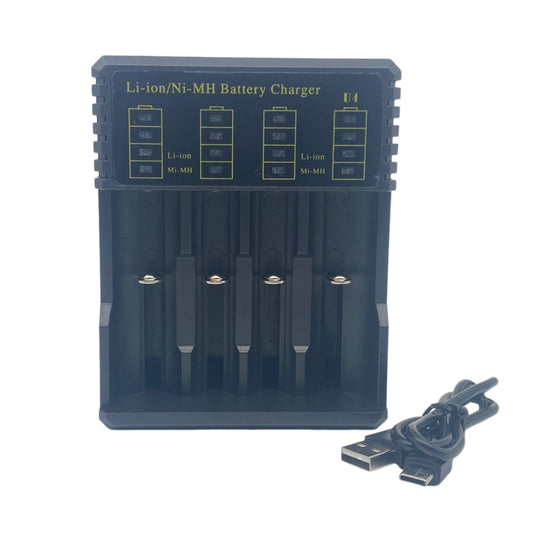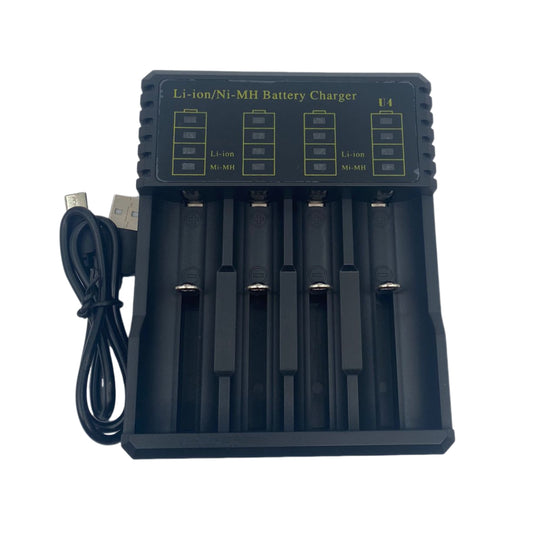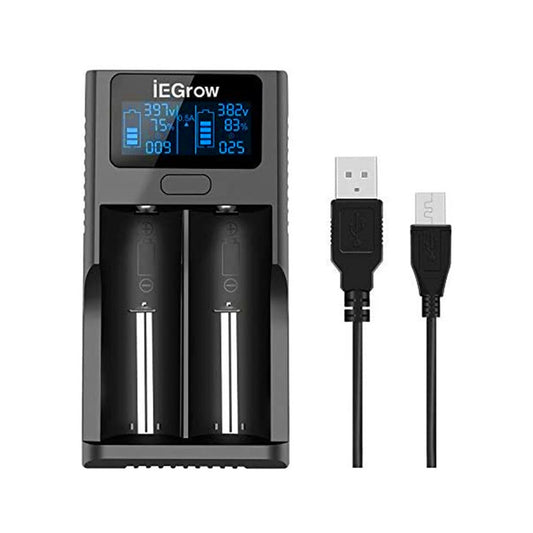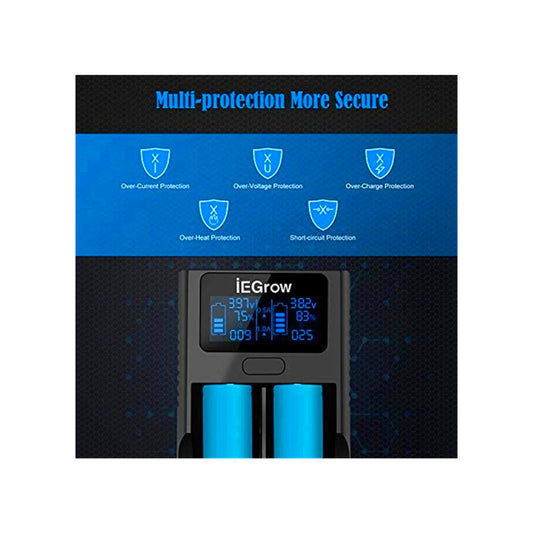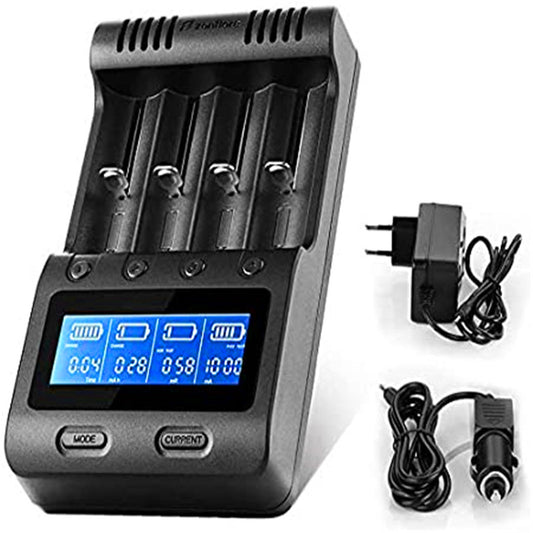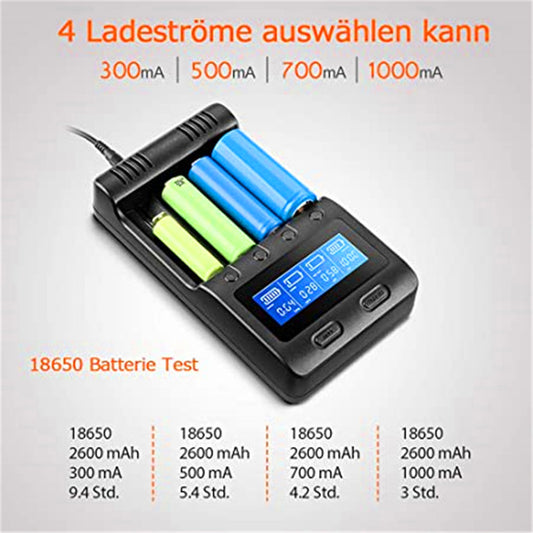Correctly charging your lithium e-bike battery can add up to 500 to 1,000 extra charging cycles, giving you potentially years of additional use. It’s not just about saving money; it’s about maximizing every ride.
In this guide, we will share practical charging e-bike battery tips for you and help keep your e-bike powered for every adventure.
6 Tips for Charging Your E-Bike Battery Properly
Use the Original Charger
Always use the charger that came with your e-bike or your ebike battery. It’s specifically designed to match your electric bike battery’s needs, ensuring safe and efficient charging. Using a different charger might seem convenient, but it can reduce your 36V ebike battery’s lifespan or even cause damage. Stick with what’s made for your e-bike to keep it running smoothly.
Maintain Optimal Charge Levels
Keeping your ebike battery charged between 20% and 80% not only reduces stress on the battery cells but also slows down the aging process. Within this range, the bike battery experiences lower internal resistance, which means more efficient charging and less wear over time. This practice is crucial for both 36V and 24V ebike batteries to maintain their performance over the long term.
Avoid Complete Discharge and Overcharging
Charging your e-bike battery to 100% or letting it drop to 0% can lead to several issues. When fully charged, the battery is at risk of swelling, leaking, accelerated chemical aging, and even overheating.
On the other hand, deep discharges cause an imbalance in internal chemistry, leading to irreversible damage. This can increase internal resistance, degrade the electrode materials, and ultimately shorten the lifespan and performance of your 24V ebike battery or any other type of bike battery.
Charge at Room Temperature
Charging your electric bike battery at room temperature—ideally between 15-20°C—ensures optimal performance and longevity. If the temperature is too high, the battery can overheat, leading to swelling, leaks, and even permanent damage due to accelerated chemical reactions.
On the other hand, charging in cold temperatures can increase internal resistance, reducing the battery’s efficiency and capacity. Studies have shown that e-bike batteries charged in extreme temperatures can lose up to 20% of their capacity over time.
Keep Charging Cycles Short
Frequent, shorter charging sessions are better for your e-bike battery than allowing it to drain completely before recharging. When you let the battery deplete fully, it undergoes deeper discharge cycles, which can strain the internal chemistry and lead to faster degradation.
Research indicates that partial discharges, where the battery is not fully depleted, can increase the number of effective charge cycles by up to 50%. This practice not only extends the battery’s life but also ensures you're ready to go with a well-charged electric bike battery whenever you need it.
Use a Battery Management System (BMS)
Using a Battery Management System (BMS) helps to ensure the safe and efficient operation of your e-bike battery. The BMS monitors and regulates the charging process, preventing overcharging, deep discharging, and overheating.
By balancing the charge across all cells, the BMS helps maintain battery health and extends its lifespan. Batteries equipped with a BMS can last up to 30% longer compared to those without one, making it an essential component for any serious e-bike rider.
What to Consider When Charging a New E-Bike Battery
Charging a new e-bike battery isn't quite the same as your typical charging routine. The key difference lies in the need for an extended initial charge, usually lasting around 8 to 12 hours. This isn't just about filling up the battery—it's about allowing all the cells to fully balance and synchronize.
Doing this right from the start helps ensure your battery will deliver consistent, reliable power and extend its overall lifespan. After this initial long charge, you can switch to your regular, shorter charging sessions.
Maintaining Good Habits to Extend the Life of Your E-Bike Battery
Getting your new e-bike battery off to a good start is crucial for long-term performance and durability. Here’s how to ensure you’re doing it right.
Occasional Full Charges Are Okay
While it’s generally best to avoid fully charging your electric bike battery every time, it’s not a bad idea to let it hit 100% once in a while—say, every 30 to 40 charges. This practice can help balance the cells and ensure they are all operating at their best.
Avoid Charging Immediately After Use
After a ride, it’s tempting to plug your e-bike in right away, but it’s better to wait a bit. Allow the bike battery to cool down to room temperature before charging, as this can prevent potential damage caused by charging a hot battery.
Use Lower Motor Power Levels
When riding your e-bike, try to use lower motor support settings when possible. This reduces the strain on your e-bike battery, helping it last longer. Higher power settings drain the battery faster and can contribute to quicker wear on the battery cells.
Don’t Rely Solely on the Motor
Incorporate more pedaling into your rides rather than relying entirely on the motor. Using pedal power in combination with the motor not only conserves electric bike battery energy but also provides you with a bit of exercise. This habit is particularly useful when you’re riding on flat roads or in situations where you don’t need full motor assistance. The less you demand from the battery, the longer it will serve you.
Ride in Good Road Conditions
Smooth, well-maintained roads are your bike battery’s best friend. Riding on rough or uneven surfaces requires more power from the motor, which in turn drains the battery more quickly. Whenever possible, choose routes that offer smooth paths.
Minimize the Load on Your E-Bike
The heavier the load, the more power your e-bike needs to operate. This increased demand can drain the e-bike battery faster. Try to minimize the weight you carry on your e-bike, whether it’s by reducing the amount of cargo or choosing lighter accessories.
Avoid Prolonged Sun Exposure
Just like any electronic device, your electric bike battery doesn’t like extreme temperatures. Prolonged exposure to direct sunlight can cause the battery to overheat, leading to a decrease in its efficiency and lifespan. Whenever possible, park your e-bike in the shade or store it in a cool place to prevent the battery from overheating.
Store at Optimal Charge Levels
If you’re not going to use your e-bike for an extended period, it’s important to keep the e-bike battery charged between 40% and 70%. This range helps prevent the battery from over-discharging or becoming stressed from being fully charged.
Winter Storage Tips for E-Bike Batteries
Cold weather can be particularly harsh on e-bike batteries, so proper storage during winter months is crucial. If you’re storing your e-bike during colder periods, make sure the battery is charged to around 50% before putting it away. Store the battery in a dry, insulated place where it won’t be exposed to freezing temperatures. If possible, check the battery every few months and recharge it to the optimal level if needed. This will prevent capacity loss and ensure your battery is ready to go when the weather warms up again.
Conclusion
Taking care of your e-bike battery with these simple charging practices will help maximize its lifespan and keep your rides worry-free. When it’s time for a replacement or upgrade, explore the lithium batteries for sale at BatteryInt. Their top-quality batteries will keep your e-bike performing at its best for every journey ahead.
FAQs about E-Bike Batteries
Do I have to charge my e-bike battery after every ride?
Not necessarily. It's best to charge your battery when it’s between 30% and 60% to avoid unnecessary strain. Regularly charging at this range helps extend the battery's lifespan. However, if you know you’ll need a full charge for your next ride, it’s okay to top it off.
Do e-bike batteries drain when not in use?
Yes, e-bike batteries can slowly drain even when not in use, a process known as self-discharge. To prevent deep discharge, store your battery with a charge level between 40% and 70%, and check it every few months if not in regular use.
Why is my e-bike battery draining so fast?
Several factors can cause rapid battery drain, including riding on rough terrain, carrying heavy loads, using high motor power levels, or riding in extreme temperatures. Ensuring your battery is in good condition and following proper charging habits can help mitigate these issues.



